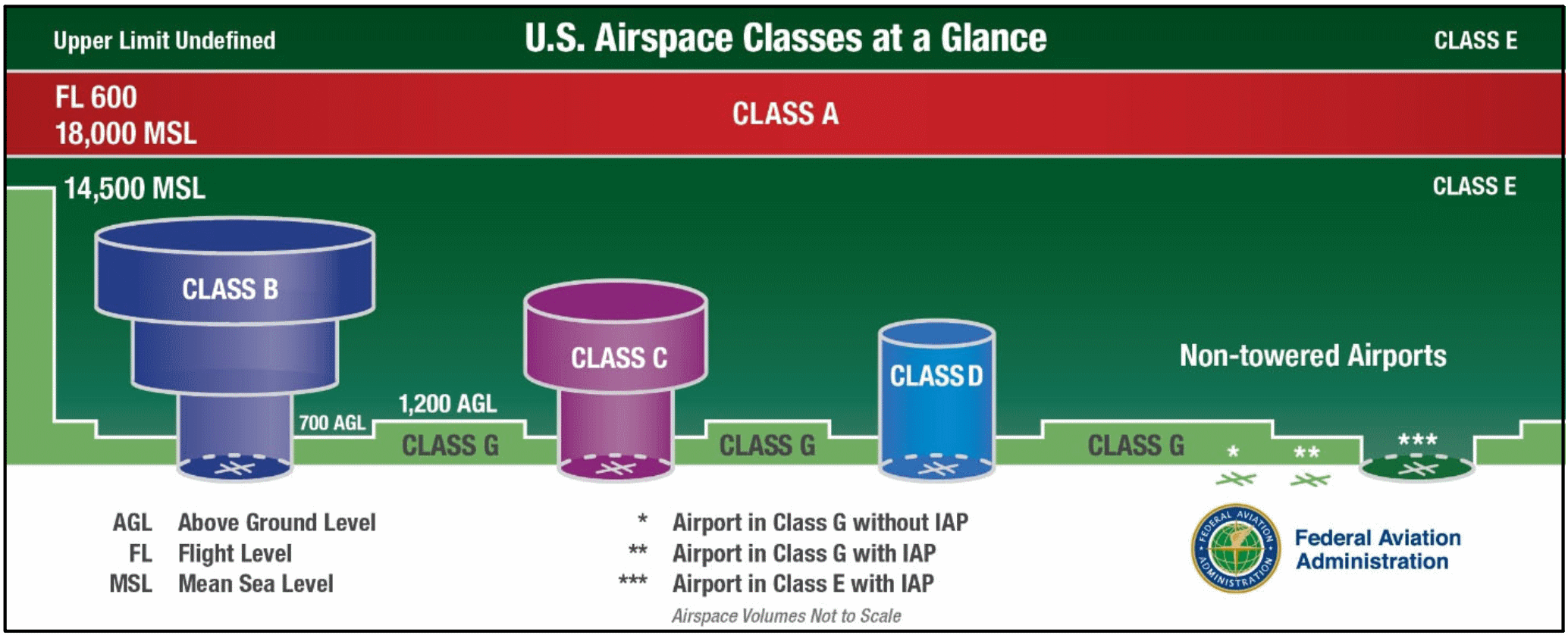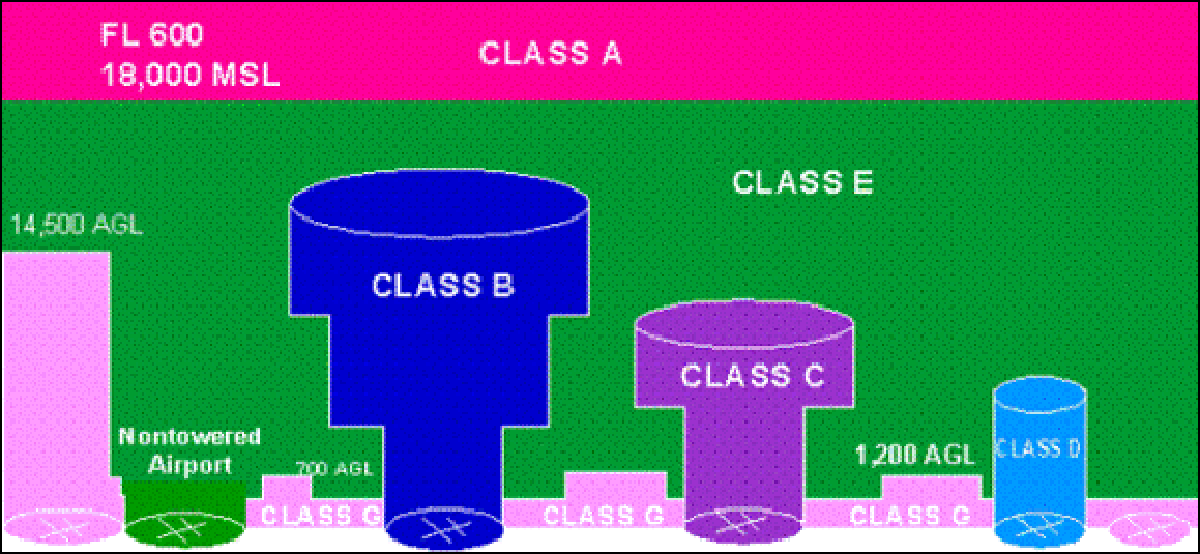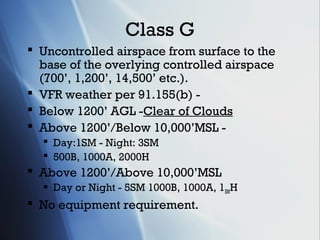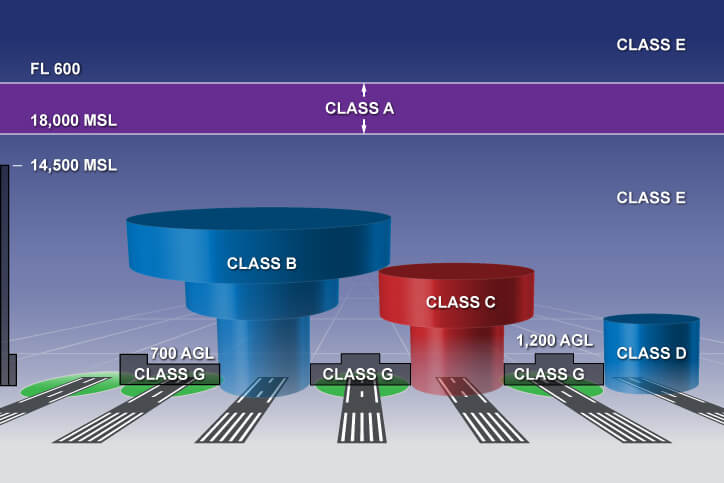class g airspace requirements
The key to understanding Class G airspace is to first understand Class E airspace. Much like with the equipment requirements the cutoff for the weather.
In a Class E transition area the Class E floor drops down to 700 feet AGL.

. No person may operate. And Class E is more restrictive than Class G airspace. Air Traffic Services Chapter 2 Section 26 The services provided and flight.
VFR Minimum Distance from Clouds Below 10000 MSL. Day - 1 Statute Mile. What Is Class G Airspace.
Because it is uncontrolled there are no. IFR and VFR flights are permitted and receive flight information service if requested. FAA Regulations for Class G Airspace.
18 rows Class D airspace is more restrictive than Class E or Class G airspace. The Class G airspace starts at the surface and extends up to 700 AGL if the bordering Class E begins at 700 AGL. There are no entry or clearance requirements for class G airspace even for IFR operations.
Within radar coverage in specifc locations or corridors under Class C or Class A airspace. However Class G airspace. Night - 3 Statute Miles.
Typically Class G airspace includes all of the airspace below 14500 ft. Generally base 8500 ft AMS Surrounding or overlying some CTR. Class G airspace is typically the airspace very near the ground 1200 feet or less beneath class E.
Like Class E airspace you can fly through Class G airspace at airports the terminal environment and while en-route. The basic VFR weather minimums for operating in Class E airspace depend on the altitude of your flight. Class E begins again above 60000 feet.
Basic VFR Weather Minimums. On a sectional map you can find these transition areas by looking for a broad magenta line that is. In remote areas Glass G may go up to but not including 14500.
S21 User requirements for 21st Century Class G airspace continue to be wide ranging and even include potential new users such as Unmanned Aerial Systems. Its worth noting that Class G doesnt include 700 AGL. There are areas where the base of.
Airspace Flight visibility Distance from clouds Class A. Speed is required for safety. The airspace extends up to but not including 18000 feet MSL and also excluding any other overlying airspace.
That is not otherwise designated Class B C or D airspace.

Faa Airspace For Vfr Flight Youtube

Class G Airspace Explained Boldmethod
Airspace Classes Explained Bobbie Lind

Is This Class G Airspace Aviation Stack Exchange
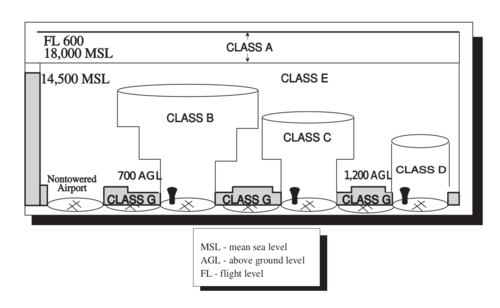
Airspace Class United States Wikipedia

Listing Of Applications By Airspace Requirements Download Table
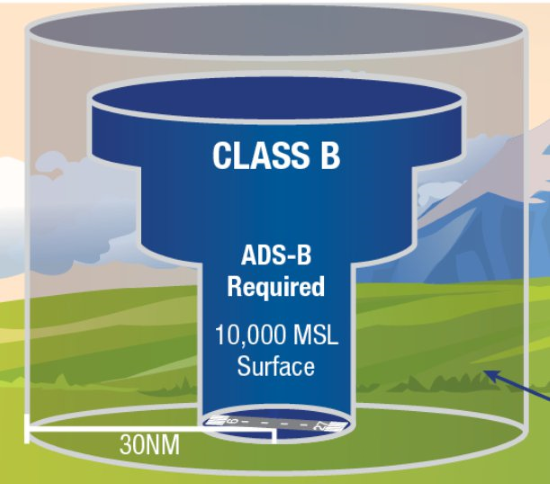
Airspace Classes Explained The Ultimate Guide For Beginners

Airspace Classes Defined Cfibootcamp
Questions About Class E G Airspace Dji Phantom Drone Forum
Class G E Vfr Visibility Requirements Cheat Sheet I Made R Flying
Chapter 4 Airspace Drone Journalism

Activities Courses Seminars Webinars Alc Content Faa Faasteam Faasafety Gov

